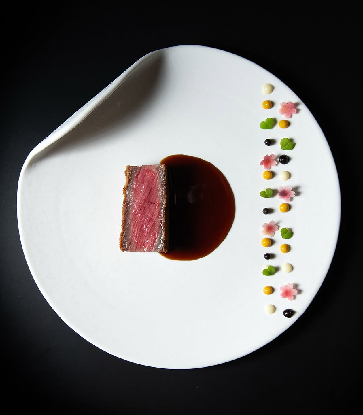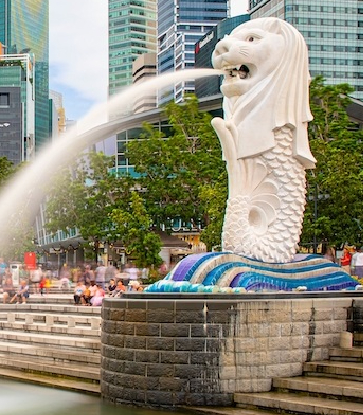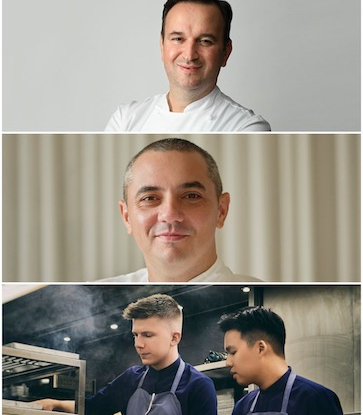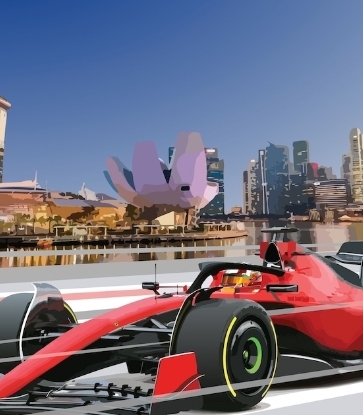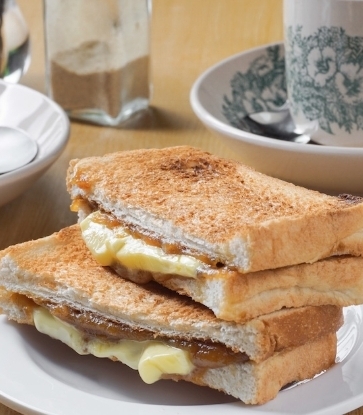Yet what Mui Kee’s congee lacks in terms of looks, it more than makes up for in flavour. The popular Hong Kong institution started as a dai pai tong (street stall) back in 1979, and has since made a name for its dace fish congee. Rather than just boiling down rice into watery gruel, the grains here are first mixed with century eggs then cooked in a pot with fish and pork bones for over five hours to get the silky consistency that many keep coming back for.
The congee is so flavourful that it caught the eye of the Les Amis group in Singapore, which also owns two-Michelin-starred Les Amis. Mui Kee will run as a pop-up in Les Amis’ Casa Verde restaurant in Singapore Botanic Gardens for the next six months. Here, we speak to third-generation owner Choi Gok Tung on the art of making sheng gun (where the ingredients are cooked in plain porridge to develop taste and flavour) congee.

Sheng gun congee originated from Guangdong. One of the distinct differences is the rice grains are almost completely "melted" into the water. Some people may mistakenly say the congee is too watery. However, if you look carefully, you will find little rice flowers in the congee base that gives it a distinct smooth texture and rich flavour.
Other forms of porridge, the process may simply involve putting all the ingredients and the rice grains at the same time and cooking them together.
How do you make sheng gun congee at Mui Kee? What ingredients are used and how is the porridge cooked?
At Mui Kee, our sheng gun congee is prepared the traditional way that was taught to me by my father, who was taught by my grandmother. In sheng gun congee, the base is most important. The congee base is prepared over a big flame and requires constant stirring so it won't get burnt. The meat, such as fish, beef or pork, also needs to be very fresh when it is added into the congee.
Do not fall asleep when preparing the congee base, otherwise it will earn you a hard knock on the head! If the congee base is burnt, then we can't serve any congee. Mixing century eggs into the rice grains help to break down the rice grains faster.

We try to keep the traditional way of preparing the congee base. We also insist on using the traditional copper pot to cook the congee, because it is the best material to ensure the distribution of the heat is most even.
We do, however, experiment more with using new ingredients to bring out the flavour of the congee. For instance, since taking over, we have changed the texture of our meatballs and also introduced cuttlefish congee on the menu.
Recommended Reading: For more stories that explore the art behind making a dish, click here.









